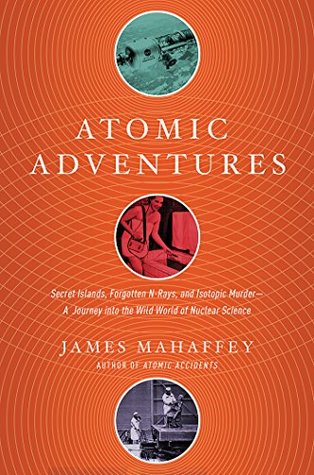A photon can be set by measurement to be either vertical/horizontal or +45 degree/-45 degree. It cannot be both at the same time. When those photons make it through the first Polaroid filter, their polarization angles have been frozen in place by the act of measurement. All the photons striking the first filter are defined as either vertical or horizontal, and half of them make it through. The intensity of the light source is 50%. Next, the vertically defined photons hit a filter that is canted at 45 degrees. This filter is neither vertical nor horizontal. Passage through the filter is not
A photon can be set by measurement to be either vertical/horizontal or +45 degree/-45 degree. It cannot be both at the same time. When those photons make it through the first Polaroid filter, their polarization angles have been frozen in place by the act of measurement. All the photons striking the first filter are defined as either vertical or horizontal, and half of them make it through. The intensity of the light source is 50%. Next, the vertically defined photons hit a filter that is canted at 45 degrees. This filter is neither vertical nor horizontal. Passage through the filter is not defined, because there is no way for the photon to be in both polarization states at the same time. Not having a logical path through or not through the filter, the quantum state of polarization is erased. The state of the photon’s quantum polarization is reset to its premeasured value, and we start over from scratch. The photons proceed to the third filter, but there are still only 50% of them. Half of them were irretrievably lost in passage through the first, now canceled, measurement. The photons with newly undefined polarization states proceed through the horizontal filter, and they are redefined as either horizontal or vertically polarized. Half of them make it through the filter. The result is a clear view of the light source, cut down to 25% of its original intensity. Odd as it may seem, the light will go through a stack of three filters, but not through two of them. It does not m...
...more
This highlight has been truncated due to consecutive passage length restrictions.


